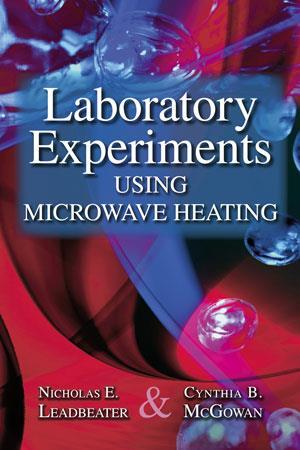For best results, use microwave
Nicholas E Leadbeater and Cynthia B McGowan
CRC Press
2013 | 216pp | £44.99
ISBN 9781439856093

First described more than 25 years ago, microwave-assisted chemistry has matured from a laboratory curiosity to an established technique. It has revolutionised the way many scientists perform reactions in the laboratory and is now routinely used in academia and industry. Therefore, it is important that students get a proper training in microwave chemistry in their laboratory classes at university.
The book starts with a short and easy to understand introduction to the basics of microwave heating, which in my opinion every microwave user should know. Next come the 22 experiments, which, according to the authors, have all been tested and verified in laboratory classes. The experiments not only cover organic chemistry but also inorganic and analytical chemistry, all of which are presented in a very detailed manner, with each including a short introduction to the reaction type and additional exam questions.
For nearly all experiments (the exceptions being extraction and digestion) two protocols are available: one for a monomode instrument and the other for a multimode instrument. This is somewhat redundant, since the multimode procedures are a copy of the monomode protocols (only typically on larger scale), so it may have been more appropriate to provide a multimode procedure only for one experiment, as kind of a showcase protocol, to highlight the parallelised microwave synthesis technique.
Designed as a textbook for the undergraduate laboratory, Laboratory experiments using microwave heating is a valuable addition to the range of microwave books available. It is the first to include inorganic and analytical chemistry experiments, and will help students to become acquainted with microwave technology at an early stage.
Purchase Laboratory experiments using microwave heating from Amazon.co.uk












No comments yet